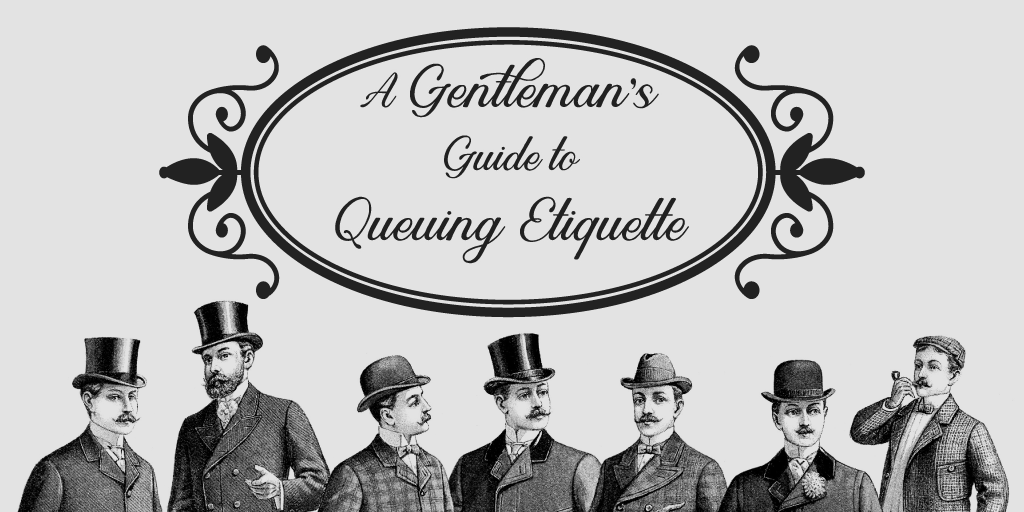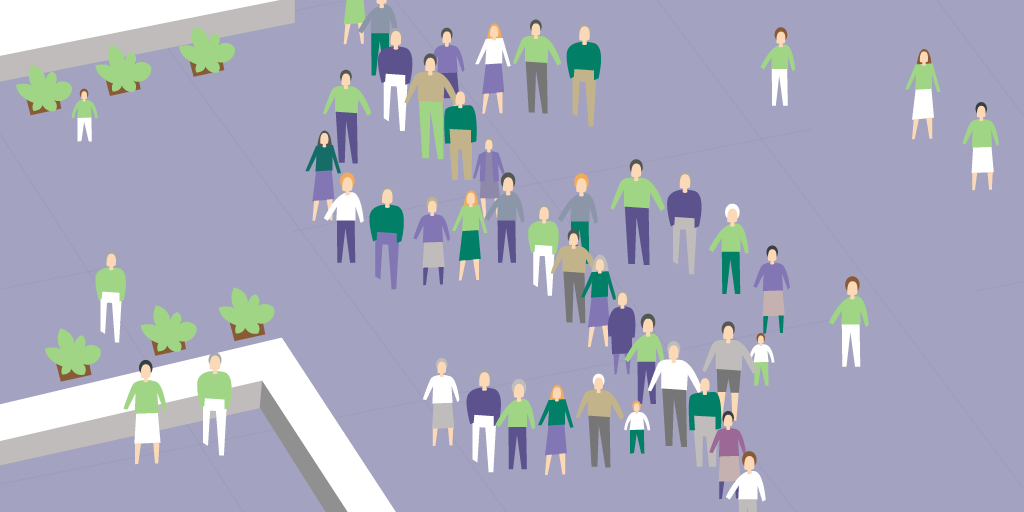Few people like queues, and even fewer people like those who jump them.
Queue-jumping is cited as the top frustration among queuers, with 92% describing it as a “very annoying” habit. It’s not hard to understand why — queue-jumpers selfishly disrupt the fairness, flimsy as it is in some cases, of the established system.
In a “rules for thee, but not for me” way, however, we are often guilty of what we do not like in others. A total of 16% of Canadians say they have used personal connections to seek timelier healthcare. Even the former president of the Canadian Medical Association, Dr. Brian Day, has openly discussed using his status to help his family members jump the queue.
He also admitted to having used his connections when he needed knee surgery, jumping a queue to get treatment within a week by a surgeon who was also his friend.
As with other things in life, we make justifications as to why it is okay when we do something we don’t want others to do:
“I’d be late otherwise.”
“I would not even disrupt the queue that much.”
“It will only take one minute.”
“Other people’s problems are less important.”
Sounds familiar, doesn’t it? 🤔
This article was not created to personally attack you, though. We’re here today to discuss the topic of fairness in queues and whether queue-jumping can ever be considered fair.
On queue management behavior: why do we stand in lines?

Professor Nick Haslam, from the Melbourne School of Psychological Sciences at the University of Melbourne, describes queuing as a “social norm that is governed by unspoken rules promoting efficiency and equality”.
It all has to do with an imbalance between the supply and demand scales of service. In our world, supply is almost always playing catch-up with demand, thus making queues a necessity.
“People usually choose to queue because it is fair,” Professor Haslam adds. “Ultimately, queuing defines a clear relationship between when you arrive and when you receive the service you need. People find that satisfying. It also prevents people who are the loudest, the most devious, the most assertive or the biggest from gaining unfair advantage.”
And yet, these people still take cuts, causing irritation to people already in line.
Queue as I say, not as I queue

The practice of queue-jumping is largely seen as unfair, though there are cases where queue jumpers may be offered some leniency — in particular, when in an emergency room, there usually exists an understanding that the queue order may change depending on the severity of one’s condition.
That is to say, hospitals and clinics treat patients not on the first-come-first-served, but rather most-critical-first served basis.
“In emergency rooms, for instance, we don’t expect orderly queues,” Professor Haslam says. “People generally don’t mind being bumped by someone who comes in with a more severe condition than they have. So if you’re waiting to have a little cut on your hand treated, and someone comes in with a broken leg, we don’t mind violations of queuing order in those circumstances.”
In a survey that analyzed people’s attitude towards queue-jumping in healthcare, it was found that 95% of those surveyed advocated equal access based on need. People showed support for queue-jumping in the emergency department for cases of emergency, severe pain, and pediatrics.
(Before you start feeling your faith in humanity restored, the same survey found that the likelihood of offering material reward for preferential access was 30% and 51% for low and high-impact medical scenarios, respectively.)
It’s not incidental that we’re talking about healthcare now. Our next small topic is about fair queue-jumping, as applied to healthcare workers.
Paramedics to the front line, literally
In December 2017, a post was making rounds in Facebook. Steve Edwards, himself a former nurse, made a post detailing a convo between two paramedics he chanced to overhear while in a cafe.

Steve’s call-to-action was simple: Get paramedics and emergency responders priority service at cafes and restaurants.
Since then, his post has received more than 970,000 likes and 200,000+ comments, and was shared over one million times. People vehemently agreed with the proposal, many sharing their own experiences or stories from their loved ones who also worked in healthcare and were going through the same issues.
Steve’s Facebook post has gone viral, but it is far from the only such proposition. Emma Murtagh, former ambulance trust worker from Heacham in Norfolk, even set up a petition to let firefighters, paramedics and police offices to go first in line.
“It’s about showing a bit of respect and caring for people.”
Though the petition failed to garner the required number of signatures, the general sentiment of people remained the same: workers who rarely get the chance to enjoy a break while on duty need to have a priority when queuing up in cafes and restaurants.
So, in a way, there is a type of queue-jumping that people can actually be in favor of.
Queue-jumping and digital queue management

It’s the choice of administrators and location managers whether to have such a policy in place, but ultimately it comes down to clerks to implement it.
How to do that, then? You can’t just point your finger at someone and say: “Hey! Hey, you? I like you. You go first now.”
Well, with a digital queuing system, you can.
Or, more precisely, with a digital queue management tool like Qminder, which allows you to rearrange the order in which you service your visitors. For example, if you see that a first responder came to your location but there are several people in front of them, you can choose to change the order and service the last visitor first.
(Of course, such policies should be made public well beforehand, so that other visitors would not feel slighted by your move.)

When a clerk sees, for instance, a paramedic signing up at the entrance, he or she may add a label saying “first responder” to the paramedic’s visitor profile.
In a couple of clicks, you can add a custom label to a customer to keep in mind that they are an emergency worker / firefighter / policeman / superhero in disguise.
Another way of treating VIP visitors is by creating a separate express lane for them. Upon sign-in, you add a relevant question to your list of input fields to fill (e.g. “Do you belong to one of these professions?”, with an option to choose a relevant profession).
This way, once a visitor chooses one of the preselected options, you can either move them to a VIP lane either automatically or manually, in case you like getting your hands dirty.
To minimize the cases of people gaming the system (pretending to be a priority visitor), set up a rule saying that a person in the express lane needs to show documents or be sent to the back of the regular queue.
Hm. Ironically, we’ve come back full circle to punishing queue-jumpers.
“My house, my rules” is not only a motto of boomer dads from movies about teenage rebellion. It’s a general idea applied to most companies — within the reasonable interpretation of the law, of course.
Which means that how you approach queue-jumping at your locations, if you approach it at all, should be entirely up to you and your staff.
But if you do choose to have special queue-jumping rules, Qminder is your go-to ticket to providing first-class experiences. Sign up for a 14-day free trial and see for yourself.






